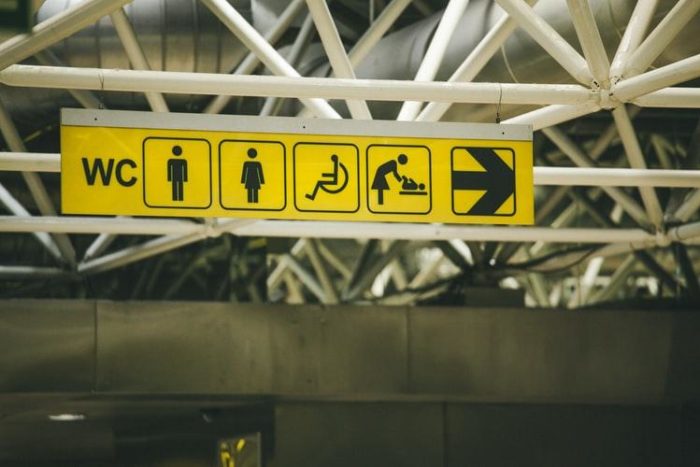For most of the world, the COVID-19 pandemic has disrupted how we go about our daily lives. With hygiene measures being practiced at all times, mandatory mask rules in public places, and social distancing to keep each other safe, these seemingly major changes are a small price to pay to flatten the curve.
While abiding by these rules is easy for able-bodied folks, we’ve forgotten that persons with disabilities need to be included in all aspects of our society to survive the global health crisis. Today, there are 61 million adults in the US who live with a disability, and it’s only correct that we strive to make the world a more accessible place for everyone — especially during these times of crisis.
One key issue for people with disabilities that has been highlighted by the pandemic is accessibility on the web. As most of us avoid social gatherings to keep ourselves and our families safe, social media and the internet have provided us with a way to remotely connect with the people we love in a safe environment. However, this digital shift is not all-inclusive for people with disabilities. Online, a lot of websites don’t have accessible pages or haven’t adopted accessibility systems to cater to people with disabilities and older folks. For this reason, it can make some individuals with disabilities feel increasingly isolated and lonely in a time when physical socialization is non-existent.
Additionally, many folks with disabilities who need routine medical care may also find it difficult to access such facilities during the pandemic. As healthcare institutions struggle to accommodate the huge influx of people suffering from COVID, some of the procedures and treatments needed by persons with disabilities have been de-prioritized. Furthermore, there is yet another huge gap in the workforce as burnout and stress forced some healthcare workers to put their own health and safety first, temporarily throwing in the towel.
Thankfully, hospitals have started to ramp up their telehealth capabilities to serve non-COVID-19 patients and those who need routine medical care. However, there is still a need for accessible telehealth services for persons with disabilities. As we’ve mentioned, many portals, apps, and websites still lack digital accessibility and can deter vulnerable people from getting the necessary medical care they need.
Aside from making these programs more accessible to those with disabilities, telehealth workers are training to become more digitally oriented so they can serve wider demographics. After all, nurses are key to the telehealth industry. For this reason, modern nursing careers have started incorporating digital strategies so that they can provide care in non-traditional settings. Whether that is through informatics specialists or nurse managers, these healthcare workers are adapting fast to a digital world. As telehealth is becoming the norm, there is a dire need for nursing education that balances human and technological care — learning how to do their tasks such as scheduling patients and monitoring health remotely, too. Through nurses and other healthcare professionals understanding current industry trends and unique patient needs, people with disabilities will be able to understand and assess what care they need.
True enough, the problem with digital platforms not having accessibility features is alarming to say the least. This underlines how crucial it is to include everyone when it comes to digital transformation — as this can be the only way people with disabilities survive global crises such as the one we’re experiencing now.
Post solely for the use of disabilitynetworkwm.org
By Jen Vianney
